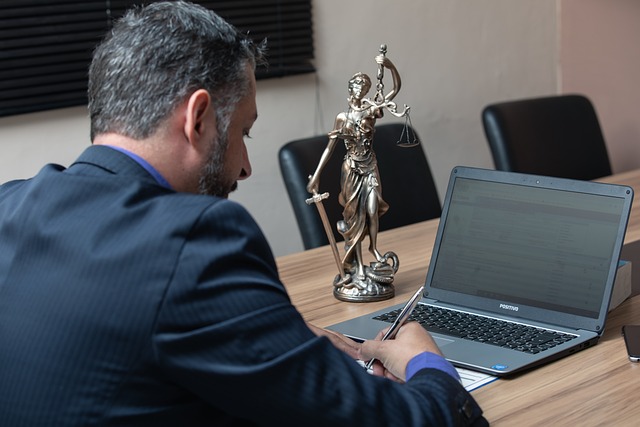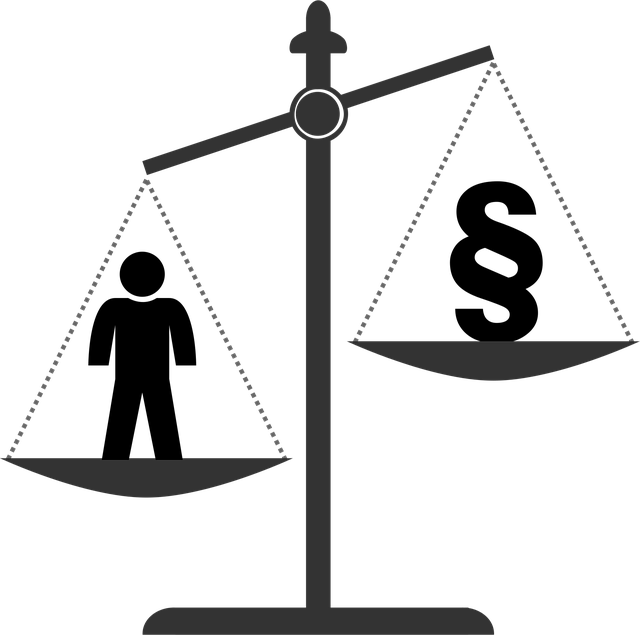Motorcycle hit-and-run incidents pose severe challenges due to lack of rider safety features. Determining speed, angle of impact, road conditions, visibility, and rider position is crucial for establishing liability in legal disputes. Documenting the scene is key—move injured parties safely, examine impact evidence, capture detailed photos, document injuries and vehicle damage. Reconstructing events meticulously aids attorneys in pursuing justice and compensation. Seek guidance from a specialized auto accident lawyer for protection of rights throughout the process.
In the aftermath of a motorcycle hit-and-run, reconstructing the accident scene is crucial for identifying the culprit and ensuring justice. This comprehensive guide delves into the dynamics of such incidents, offering insights into understanding their unique challenges. We explore effective strategies for documenting visual evidence at the scene and provide a step-by-step process to reconstruct the accident sequence. By following these methods, you’ll gain valuable skills to assist in solving motorcycle hit-and-run mysteries.
- Understanding Motorcycle Hit and Run Dynamics
- Documenting The Scene: Visual Evidence Collection
- Reconstructing The Accident Sequence Step-by-Step
Understanding Motorcycle Hit and Run Dynamics

Motorscycle hit and run incidents are complex events with unique dynamics that require careful consideration during accident reconstruction. Unlike car accidents, motorcycles lack built-in safety features like airbags or crumple zones, making riders more susceptible to severe injuries upon impact. The nature of motorcycles’ design—open frames and minimal protection for the operator—can significantly influence how an incident unfolds. Understanding these dynamics is crucial when reconstructing such scenes.
Key factors come into play: speed and angle of impact, road conditions, visibility, and rider position. A car accident attorney specializing in motorcycle cases would emphasize that determining these elements accurately is essential to establish liability, especially in cases involving auto accident injuries. The goal for investigators is to piece together the events leading up to and during the collision, considering potential commercial disputes arising from such incidents.
Documenting The Scene: Visual Evidence Collection

When dealing with a motorcycle hit-and-run case, documenting the accident scene is paramount to gathering visual evidence that can aid in reconstructing the incident. The first step is to ensure safety; if possible, move the injured rider and their motorcycle off the road to avoid further accidents. Once secured, examine the location for any visible signs of the impact, such as skid marks or tire tracks, which can provide crucial clues about speed and direction. Take detailed photos from various angles, capturing not just the immediate area but also the surrounding environment, including traffic signals, road markings, and nearby structures that might have witnessed the event.
Additionally, document any visible auto accident injuries on the victim(s) and their motorcycle to support medical malpractice claims if necessary. Note down details like damage to the vehicle and the rider’s clothing, which could be indicative of how and where the collision occurred. These visual records are essential tools for an accident attorney when reconstructing the sequence of events in a hit-and-run case, potentially leading to justice and compensation for those affected.
Reconstructing The Accident Sequence Step-by-Step

Reconstructing a motorcycle hit-and-run accident scene is a meticulous process that requires careful attention to detail and a methodical approach. It’s crucial for gathering evidence, understanding the sequence of events, and potentially pursuing injury compensation. Here’s a step-by-step guide to help navigate this challenging task:
1. Gather Physical Evidence: Start by examining the location for any visible signs of impact, such as skid marks, tire tracks, or damaged road surfaces. Collect photos of these markings, along with any other physical evidence like broken glass or vehicle debris, ensuring you document their positions accurately. These details can provide vital clues about the direction and speed of both the motorcycle and the striking vehicle.
2. Interview Witnesses: Speak to bystanders or drivers who may have witnessed the incident. Gather multiple accounts to piece together a clear timeline. Ask specific questions like “Did you see the motorcycle before or after the collision?” or “How long did it take for the other vehicle to leave the scene?” Witness statements are powerful tools in reconstructing the accident sequence, especially if they can corroborate your version of events.
3. Analyze Medical Records: If the rider was injured, their medical records can offer insights into the severity and nature of the injuries sustained. This information is essential for understanding the impact force and potential negligence involved, which may strengthen a case for medical malpractice or injury compensation.
4. Contact an Auto Accident Lawyer: Legal professionals specializing in motorcycle accidents can provide invaluable guidance. They will help you navigate the complex process of filing a claim and ensure your rights are protected. An experienced lawyer can also assist in gathering additional evidence and communicating with insurance companies, making the process smoother for you.
Motorcycle hit-and-run accidents are complex, but with meticulous scene documentation and careful reconstruction, crucial insights can be gained. By understanding the dynamics of such incidents and collecting visual evidence, investigators can piece together the accident sequence, ensuring justice for riders caught in these treacherous events. This guide has provided a framework to navigate the process, from recognizing key factors to step-by-step reconstruction, empowering individuals to contribute to safer roads and support victims during this challenging time. Remember, every detail matters in motorcycle hit-and-run cases, making thorough scene investigation paramount.






